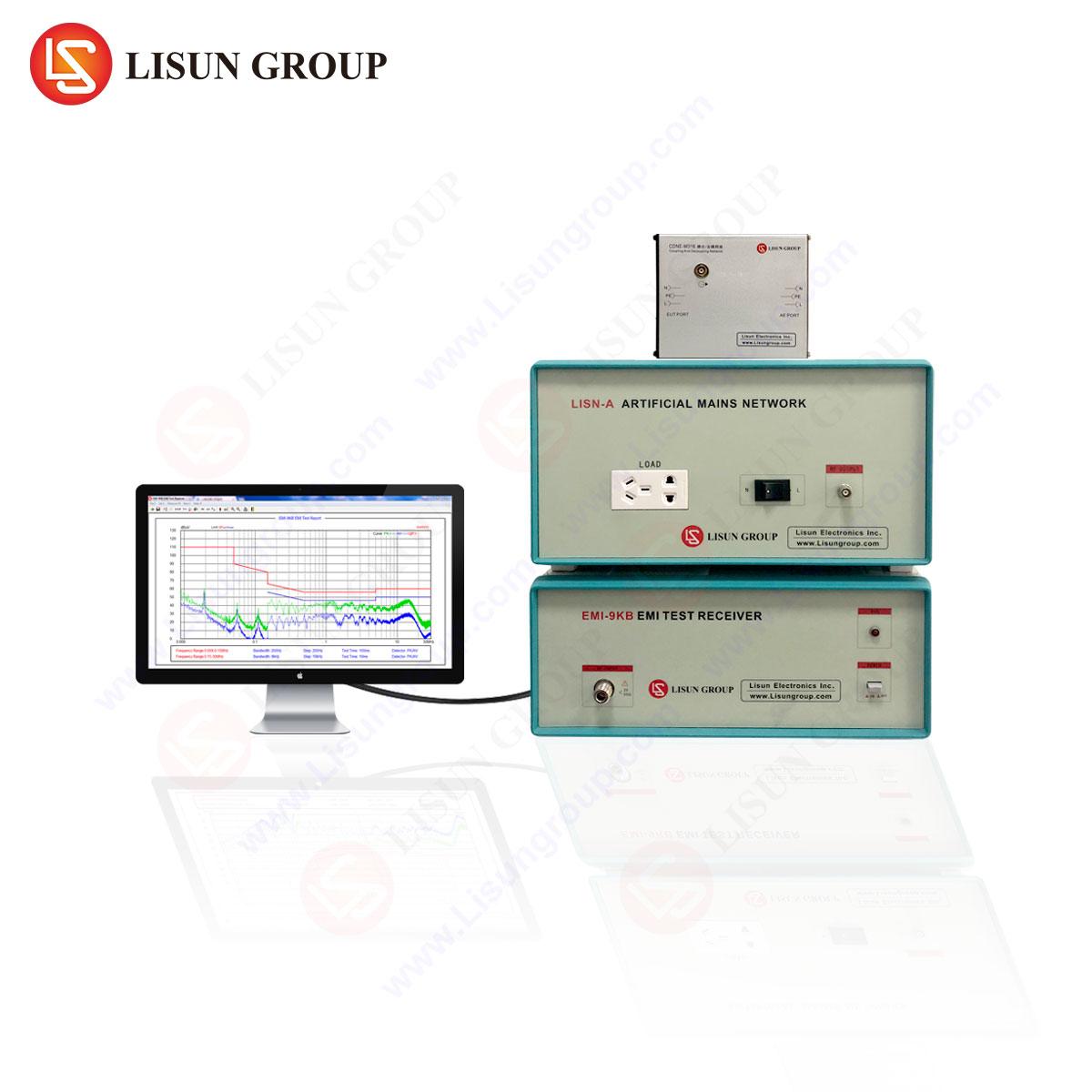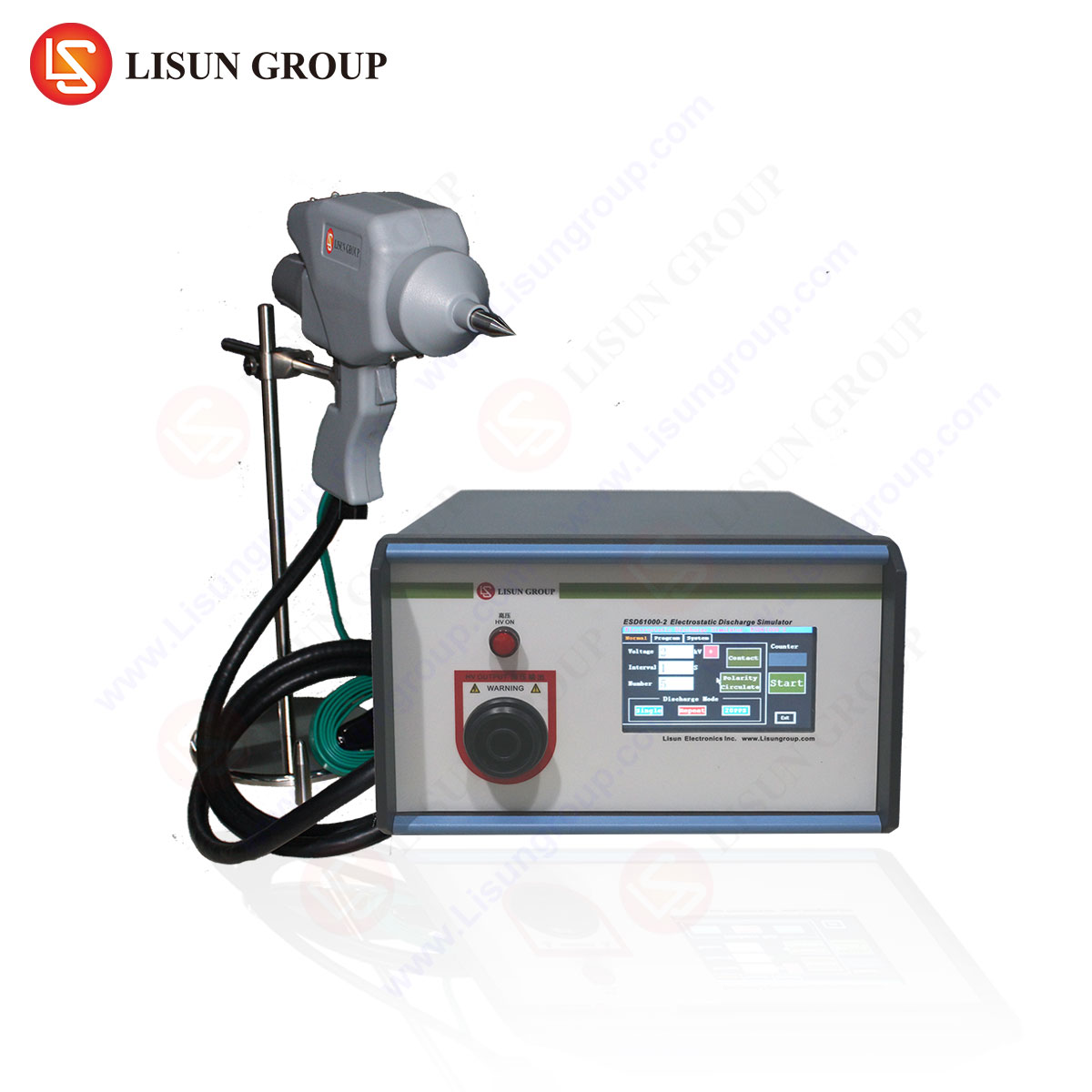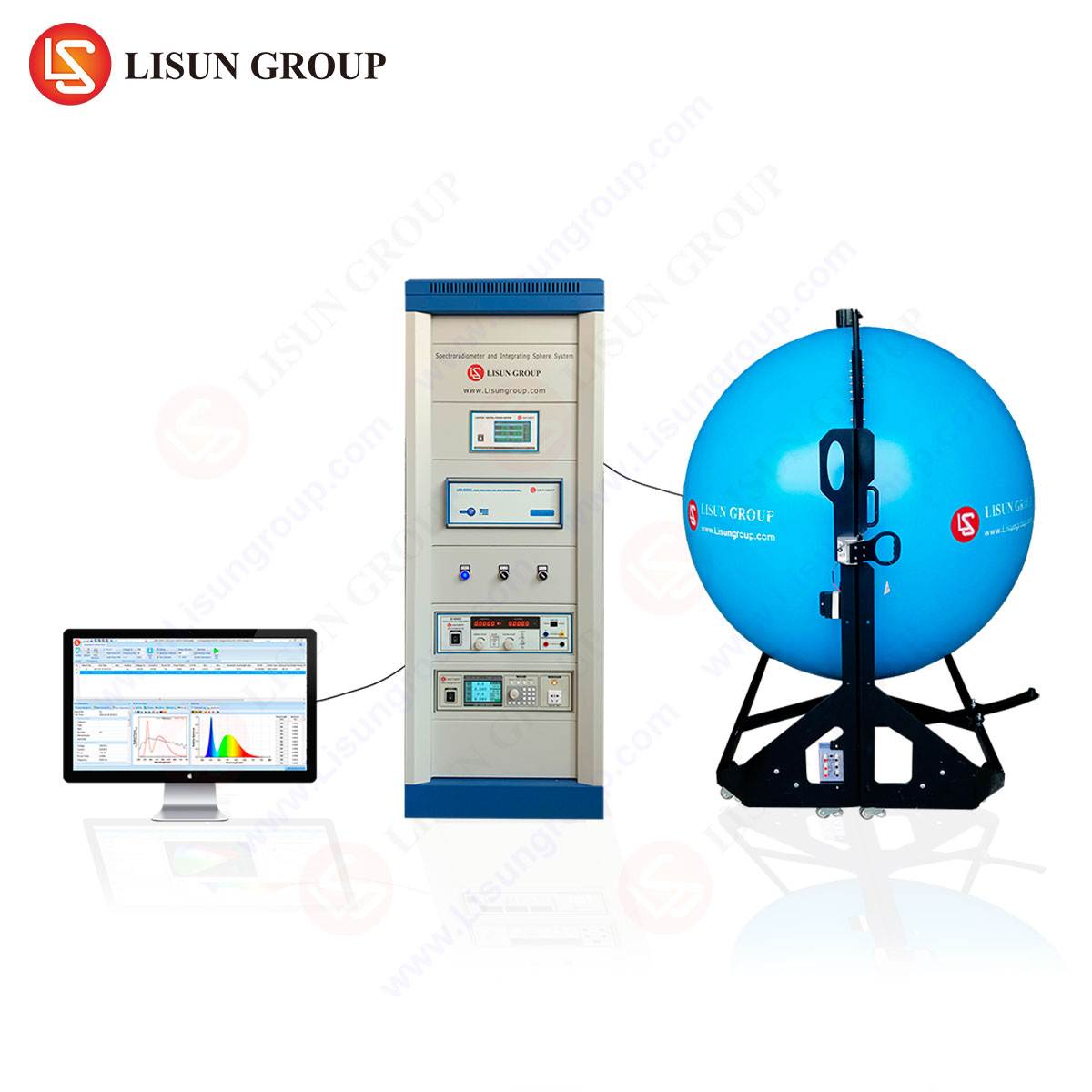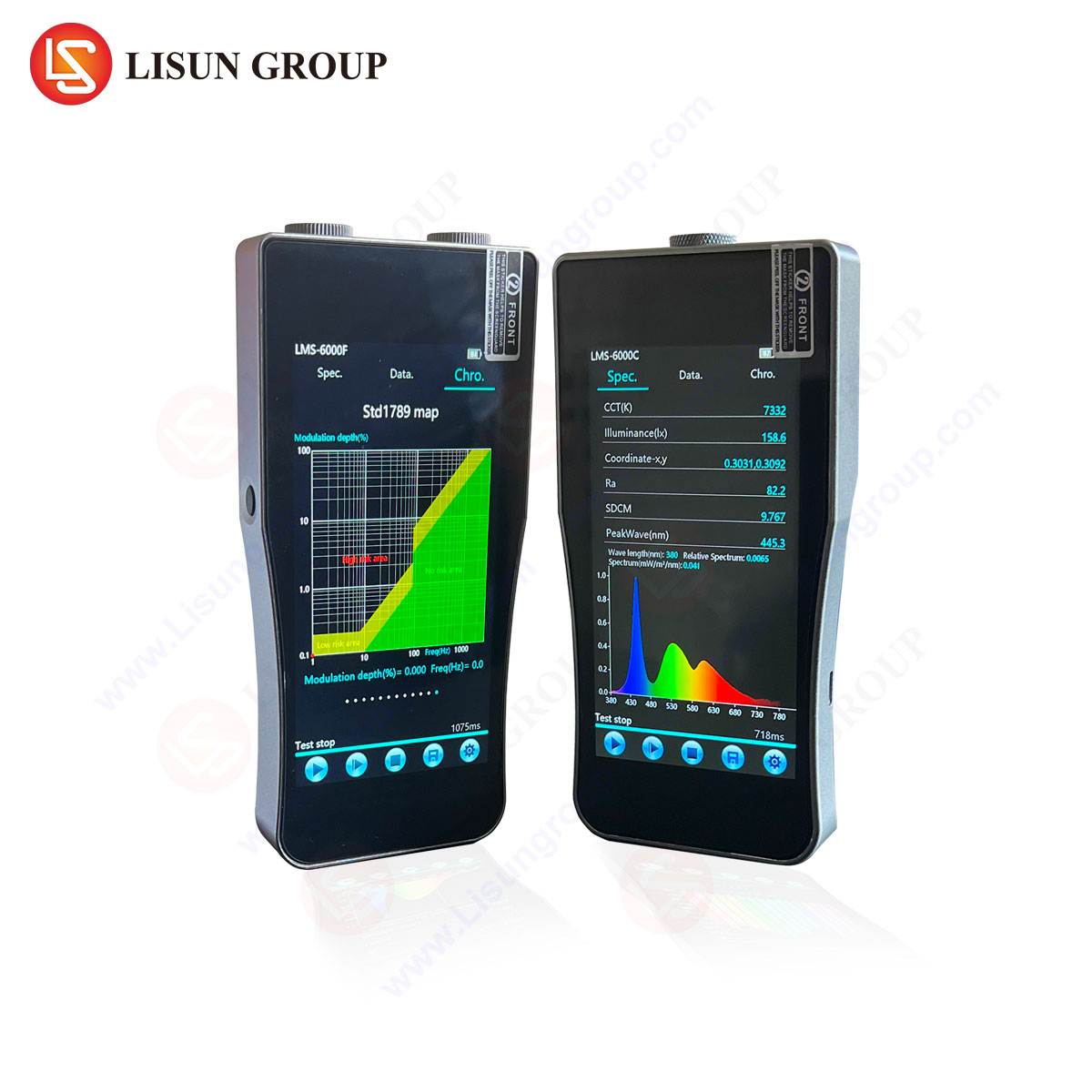Comprehensive Light Measurement Technology: Principles, Standards, and Advanced Goniophotometry
The quantitative characterization of light is a cornerstone of modern photonics, underpinning advancements across diverse fields from solid-state lighting to biomedical imaging. Precise measurement of luminous intensity distribution, spectral power, and colorimetric properties is not merely a matter of product validation but a fundamental requirement for innovation, energy efficiency, and regulatory compliance. Among the suite of instruments dedicated to this task, the goniophotometer stands as a preeminent system for obtaining the complete photometric profile of a light source or luminaire. This article delineates the principles of light measurement, with a specific focus on goniophotometer technology, and examines the application of one such system, the LISUN LSG-6000, in accordance with international standards across multiple industries.
Fundamentals of Photometric and Radiometric Quantities
To comprehend the utility of advanced light measurement systems, a clear distinction must be made between the core quantitative domains of light science. Radiometry concerns the measurement of optical radiation in terms of absolute power, independent of the human visual response. Its fundamental unit is the watt (W). Key radiometric quantities include radiant flux (total power), irradiance (power incident per unit area), and radiant intensity (power per solid angle). Photometry, in contrast, is the science of measuring visible light as perceived by the human eye. It is weighted by the photopic luminosity function, V(λ), which models the spectral sensitivity of the standard human observer under typical daylight conditions.
The cornerstone photometric unit is the candela (cd), one of the seven base SI units, defined as the luminous intensity in a given direction of a source that emits monochromatic radiation of frequency 540×10^12 Hz and that has a radiant intensity in that direction of 1/683 watt per steradian. From this, other units are derived: the lumen (lm) for luminous flux (luminous power), the lux (lx) for illuminance (luminous flux per unit area), and the candela per square meter (cd/m²) for luminance. The accurate transition from radiometric to photometric data requires sophisticated instrumentation capable of spectral measurement and V(λ) correction. Colorimetry, a related field, quantifies the color properties of light sources, using chromaticity coordinates (e.g., CIE x, y, u’, v’), Correlated Color Temperature (CCT), and Color Rendering Index (CRI) or the more modern TM-30 metrics (Rf, Rg).
The Goniophotometer as a Primary Photometric Tool
A goniophotometer is an engineered system designed to measure the spatial distribution of light emitted from a source or luminaire. The term is derived from the Greek words ‘gonia’ (angle) and ‘phos’ (light). The fundamental operating principle involves rotating the device under test (DUT) through a series of spherical coordinates—typically azimuth (C-axis, 0-360°) and elevation (γ-axis, 0-180° or more)—while a fixed, spectroradiometrically-calibrated detector measures the luminous intensity at each discrete angular position. This process results in a comprehensive three-dimensional intensity distribution, often visualized as a photometric web or an IES/LDT file.
There are two primary mechanical configurations: Type C and Type B. In a Type C system, the luminaire rotates around its vertical axis (C-planes) while the detector moves along a vertical arc (γ-planes). This is often preferred for luminaires with a strong vertical symmetry, such as streetlights and downlights. In a Type B system, the luminaire rotates around its horizontal axis (B-planes) while the detector moves along a horizontal arc. This configuration can be more suitable for linear and asymmetrical luminaires. The LSG-6000, as a Type C goniophotometer, provides a robust platform for a wide array of form factors.
Operational Principles of the LSG-6000 Goniophotometer System
The LISUN LSG-6000 is a large, fully automated goniophotometer system engineered for high-precision testing of luminaires up to a specified size and weight capacity. Its design incorporates a double-arch or “C-γ” structure, where the DUT is mounted on a turntable that provides rotation around the vertical C-axis, while the detector traverses a large-radius arch defining the γ-angles. This arrangement ensures that the detector always points toward the photometric center of the DUT throughout the measurement sequence, a critical requirement for accurate intensity data.
The system’s core components include a high-stability, low-noise photodetector or a compact spectroradiometer, which can be interchanged based on the required measurement parameters. When configured with a spectroradiometer, the system transcends basic photometry, enabling spectral and colorimetric measurements at every angular step. This allows for the generation of spatial color distribution maps, critical for assessing color uniformity in LED-based luminaires. The entire apparatus is housed within a darkened chamber with non-reflective, matte black walls to eliminate stray light interference. The motion control system, data acquisition unit, and proprietary software form an integrated ecosystem that automates the measurement process, from defining the angular resolution to generating final compliance reports.
Key Specifications of the LSG-6000:
- Measurement Distance: Adjustable, typically configured for far-field conditions as per standards.
- C-Axis Rotation Range: 0° to 360°.
- γ-Axis Rotation Range: -90° to +90° or -180° to +180°, depending on model.
- Angular Resolution: ≤ 0.1° (programmable).
- Maximum DUT Weight: Varies by model (e.g., 50kg, 100kg).
- Maximum DUT Size: Accommodates large luminaires; specific dimensions depend on chamber size.
- Detector Options: High-precision photopic detector or high-speed array spectroradiometer.
- Compliance: Designed to meet IEC, CIE, IES, and other national standards.
Adherence to International Standards and Testing Protocols
The validity of goniophotometric data is contingent upon strict adherence to internationally recognized standards. The LSG-6000 system is engineered to comply with a comprehensive set of these protocols, ensuring that test results are reproducible, reliable, and accepted in global markets.
- IEC 60598-1: This overarching standard for luminaire safety also references photometric performance requirements. Accurate spatial intensity data is essential for evaluating glare and safety markings.
- IES LM-79-19: Approved Method for the Electrical and Photometric Testing of Solid-State Lighting Products. This is a critical standard for the LED industry, prescribing the methods for measuring total luminous flux, luminous intensity distribution, electrical power, efficacy (lm/W), and chromaticity. The LSG-6000 directly fulfills the requirements for goniophotometric testing outlined in this document.
- CIE 70, CIE 121, CIE S025: These publications from the International Commission on Illumination (CIE) define the fundamental principles of photometry, including goniophotometry of luminaires and the test method for LED lamps and modules. CIE S025/E:2015 is particularly important as it sets the benchmark for performance requirements of LED lighting products.
- ANSI/IES RP-16-17: Nomenclature and Definitions for Illuminating Engineering. This standard provides the foundational terminology and mathematical definitions that underpin all photometric calculations performed by the system’s software.
- EN 13032-4: This European standard specifies the requirements for the measurement and presentation of photometric data for lighting applications, with a focus on the data format for electronic transfer (LDT files).
By conforming to these standards, the LSG-6000 provides data that is legally and technically defensible for product certification, energy efficiency labeling (such as ENERGY STAR in the US or the EU Energy Label), and performance verification.
Industry-Specific Applications and Use Cases
The capability to obtain a complete spatial light distribution makes the LSG-6000 indispensable across a multitude of industries.
Lighting Industry and LED & OLED Manufacturing: For LED luminaire manufacturers, verifying advertised lumen output and efficacy is paramount. The LSG-6000 provides the total luminous flux with high accuracy, a key metric for energy efficiency. Furthermore, it identifies “lumen cheating,” where a luminaire’s design directs light into non-measured angles to artificially inflate flux readings in simpler integrating sphere tests. In OLED manufacturing, assessing the Lambertian characteristics and angular color shift of large-area, diffuse sources is a critical quality control step.
Display Equipment Testing: The performance of backlight units (BLUs) for LCDs and direct-view LED signage is characterized by its uniformity and viewing angle. The goniophotometer can map the luminance and chromaticity uniformity across the surface of a BLU from various angles, ensuring a consistent visual experience for the end-user.
Photovoltaic Industry: While primarily for emission, goniophotometers can be adapted for incident light studies. They can characterize the angular acceptance function of solar panels and the spatial distribution of solar simulators, which is crucial for accurately rating panel efficiency under standard test conditions.
Optical Instrument R&D and Scientific Research Laboratories: Researchers developing novel optical materials, such as diffusers, reflectors, and micro-structured surfaces, use the LSG-6000 to quantify the bidirectional transmittance or reflectance distribution function (BTDF/BRDF). This data is vital for optical modeling and simulation.
Urban Lighting Design: For streetlights and area luminaires, controlling light pollution and obtrusive light is a growing concern. The LSG-6000 generates data files that can be imported into lighting design software (e.g., Dialux, Relux) to simulate installations and verify compliance with dark-sky-friendly standards like MLO, which restrict upward waste light and glare.
Stage and Studio Lighting: Theatrical and broadcast luminaires are defined by their beam characteristics—beam angle, field angle, and fall-off. The LSG-6000 provides precise photometric data to create accurate gobo patterns, dimming curves, and color-mixing profiles in lighting control consoles.
Medical Lighting Equipment: Surgical and diagnostic lighting requires extreme uniformity, specific color rendering properties (e.g., for accurately distinguishing tissue types), and minimal shadowing. The goniophotometer validates that these specialized luminaires meet stringent medical device regulations, such as those from the FDA or under the IEC 60601 series.
Sensor and Optical Component Production: Manufacturers of ambient light sensors, IR receivers, and photographic light meters use goniophotometers to calibrate the angular response of their devices against a known, spatially-defined light source.
Comparative Advantages in System Implementation
The LSG-6000’s design incorporates several features that confer distinct advantages in operational efficacy and data integrity. Its robust double-arch construction minimizes vibration and ensures long-term mechanical stability, a prerequisite for repeatable measurements. The integration of a spectroradiometer option as a core capability, rather than an afterthought, provides a future-proof platform for the increasing demand for color-over-angle data in SSL products. The software architecture is designed not only for automation but also for deep data analysis, offering tools to generate custom-cut planes, calculate zonal lumen summaries, and perform direct comparisons against legacy data or standard requirements. This holistic approach from mechanical engineering to data presentation streamlines the testing workflow and reduces the potential for operator-induced error.
Table: Representative Data Output from a Goniophotometric Test (e.g., an LED Streetlight)
| Parameter | Value | Calculated From |
| :— | :— | :— |
| Total Luminous Flux | 12,450 lm | Integration of intensity over 4π steradians |
| Luminous Efficacy | 125 lm/W | Total Flux / Electrical Input Power |
| Peak Luminous Intensity | 1,850 cd | Maximum value from intensity distribution |
| Beam Angle (50% of Peak) | 120° | Angular width in the C0-C180 plane |
| CCT (Average) | 4,025 K | Chromaticity coordinate conversion |
| CRI (Rₐ) | 82 | Average of first 8 test color samples |
| Upward Flux Fraction | 1.2% | Flux in upper hemisphere (90°-180°γ) |
Frequently Asked Questions
1. What is the critical difference between using an integrating sphere and a goniophotometer for total luminous flux measurement?
An integrating sphere collects and spatially integrates light from a source to provide a single total flux value. However, it relies on calibration using a standard source of similar spatial and spectral distribution, which can introduce errors for directional sources like LEDs. A goniophotometer measures intensity at numerous points and mathematically integrates the data to compute total flux. This method is considered the primary or absolute method for total flux and is less susceptible to errors from the DUT’s distribution, though it is more time-consuming.
2. How does the LSG-6000 ensure accuracy when testing luminaires with significant thermal dependence, such as high-power LEDs?
Photometric performance of LEDs is sensitive to junction temperature. The LSG-6000 testing procedure, as mandated by standards like LM-79, requires the DUT to be stabilized at its rated operating temperature prior to and during measurement. The system’s software can monitor electrical parameters to confirm stable operation. For very temperature-sensitive designs, the test may be conducted in a temperature-controlled environment, and the measurement sequence is optimized for speed to minimize drift.
3. For what applications is the spectroradiometer option necessary over a standard photopic detector?
A standard V(λ)-corrected photopic detector is sufficient for measuring photometric quantities (lumen, candela, lux). The spectroradiometer is essential when colorimetric data is required, including Correlated Color Temperature (CCT), Chromaticity Coordinates (x,y or u’v’), Color Rendering Index (CRI, Rₐ), and the newer TM-30 (Rf, Rg) metrics. It is also necessary to measure the angular color uniformity and identify color shifts across the beam.
4. Can the LSG-6000 be used to measure the luminance of a surface, such as a display or a sign?
While its primary design is for measuring luminous intensity of a source, the LSG-6000 can be configured for luminance measurements of planar surfaces. This typically requires replacing the standard detector with an imaging luminance meter or a telescopic luminance probe. The system would then rotate the display panel to change the viewing angle while the detector measures the luminance from a fixed point, generating a viewing angle characteristic curve.
5. How is the measurement distance determined, and what is the impact of a shorter distance?
The measurement distance is chosen to satisfy the “far-field” condition, where the detector is sufficiently far from the DUT that it is measuring the luminous intensity pattern rather than the illuminance at a specific point. This is typically defined as a distance at least five times the maximum dimension of the DUT’s luminous area. A shorter distance places the detector in the “near-field,” where the inverse-square law does not hold perfectly, leading to inaccuracies in the derived intensity distribution and the predicted performance of the luminaire in real-world applications.







